How to Clean a Brick Fireplace — 6 Easy Steps to Remove Dust and Soot Build-Up
Tackle one of the toughest cleaning jobs in the best and most efficient way possible with advice from professionals
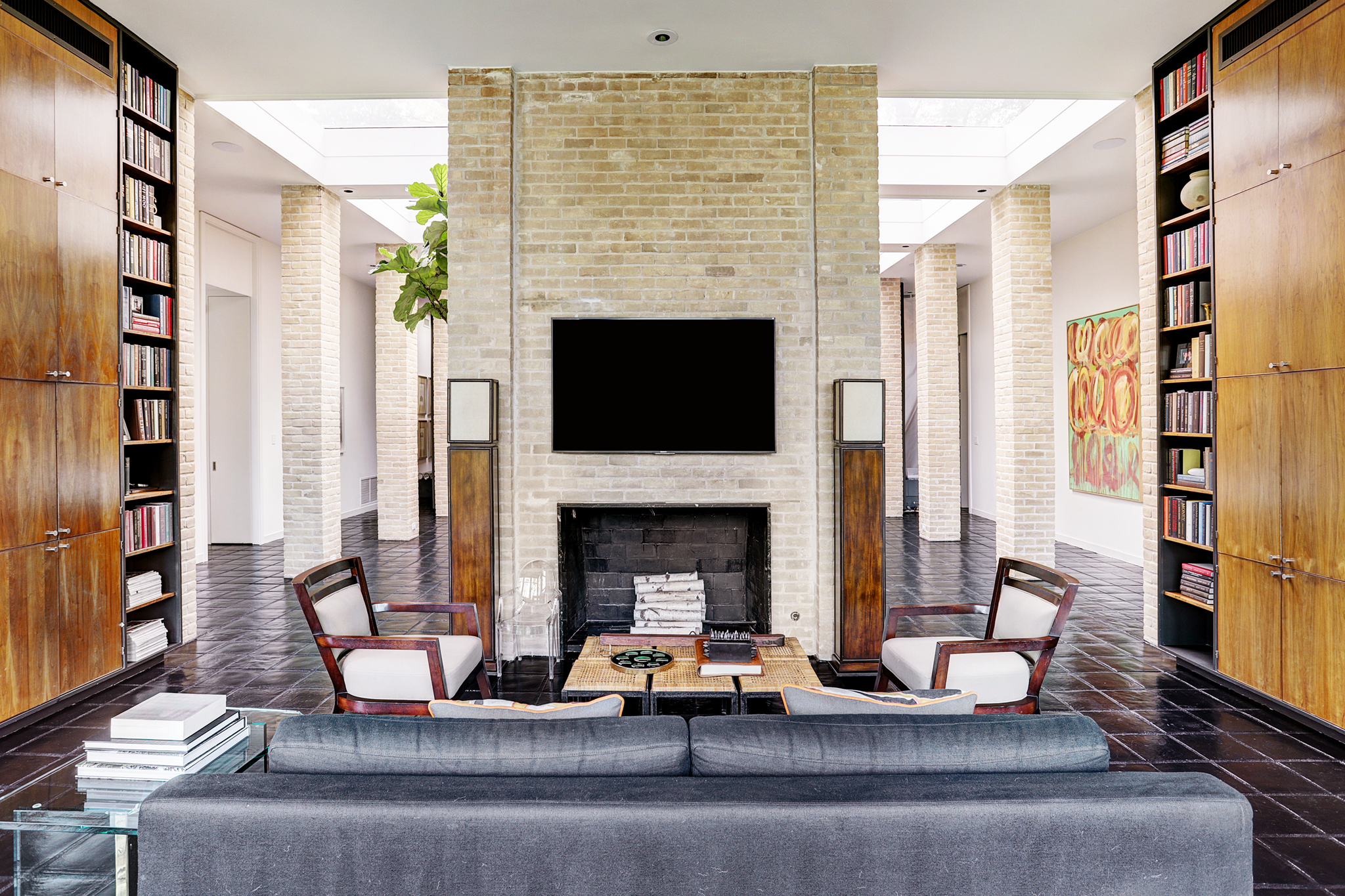

There are certain areas and features of our home that tend to become neglected when it comes to keeping them clean, and a fireplace is one of them. Traditional fireplaces may need regular upkeep, which is why learning how to clean them — the right way — is a must.
And a brick fireplace is definitely one of them. The fireplace is often the main focal point of the room and if you're lucky enough to have this feature in your home, then you'll want to ensure it's presentable for you and your guests. No one wants a dusty and smoky fireplace, after all.
Cleaning a fireplace can be a messy job to tackle. So, if you’re wondering how to clean it, follow our step-by-step guide below, which has been certified by the experts.
What You'll Need
If you're tackling your small living room fireplace, you'll need the right cleaning tools. No major cleaning job can be completed successfully without the right products. Here’s a breakdown of the key elements that you’ll need to clean your brick fireplace.
TOOLS
- Stiff-bristled brush, like this SetSail Scrub Brush from Amazon.
- Vacuum with hose attachment
- Bucket
- Sponge or cleaning clothes. We love Mr Siga Microfiber Cleaning Cloth from Amazon, now priced at $15.99.
- Cleaning solution. This Quick N Brite Fireplace Gel Cleaner should do the trick.
- Protective gloves and eye protection
- Drop cloths or Clear Plastic Sheeting from Amazon.
How to Clean a Brick Fireplace

It's time to clean your corner fireplace and bring it back to life — one brick at a time. Here's how to clean a fireplace, according to the experts.
Step 1: Vacuum
Before going in with cleaning products, it’s a good idea to go in with your vacuum to clear away any obvious dust or dirt. Ayten Nadeau, founder of I-TEN Designs says you should "begin by vacuuming the bricks to lift loose dirt and avoid grinding debris into every crack."
Step 2: Remove smaller debris
Once you’ve vacuumed up any obvious debris, go in a second time with a stiff-bristled brush to get off any smaller pieces of dirt that you may have missed. "Use a stiff-bristled brush to gently remove loose set from the bricks. Begin at the top of the fireplace and work downward to avoid redistributing dirt," explains Muffetta Krueger, founder of Muffetta Housekeeping.
Step 3: Apply a cleaning solution
"Choose the cleaning solution that works best for your needs. DIY methods include making a baking soda paste, which you should apply to the bricks and let it sit for 5–10 to minutes to loosen grime. You can also make a vinegar solution with vinegar and water for a natural, eco-friendly clean," says Muffetta.
If you think your brick fireplace needs a little bit more TLC then you may want to invest in a hardy brick cleaner.
Step 4: Scrub the bricks
Now, it’s time to tackle the stains and soot. "Use a stiff brush to scrub the bricks, applying extra pressure to heavily stained areas. Reapply your cleaning solution as needed for persistent grime and avoid wire brushes, as they can damage the surface of the bricks," says Muffetta.
Step 6: Rinse and wipe
After scrubbing your bricks, remove any cleaning residue to leave your bricks looking fresh. Use a clean sponge or cloth dipped in warm water to wipe down the bricks. Rinse and repeat as necessary until your brick fireplace is clean and free of residue.
When to Clean a Brick Fireplace

According to experts, your trendy fireplace will need to be cleaned regularly, especially if you use it a lot in the winter months. Muffetta has put together some useful guidelines below:
Visual cues: If you notice soot buildup or dark discoloration on the bricks, it’s time to clean.
After heavy use: Clean at the end of a burning season or after several fires.
Safety inspections: Include cleaning when conducting your annual chimney inspection.
FAQs
ARE THERE MATERIALS OR CLEANING PRODUCTS I SHOULD AVOID USING?
While cleaning your brick fireplace you should avoid using ammonia based cleaners. Even though they can be effective, they are corrosive so you won’t want to use them anywhere near your fireplace. Upon heating, ammonia can release toxic fumes that can be dangerous.
Muffetta says you may also want to avoid "wire brushes as they can scratch and damage brick surfaces. Harsh chemicals, such as bleach or ammonia and power washers because the high pressure water can erode the brick and mortar."
Be The First To Know
The Livingetc newsletters are your inside source for what’s shaping interiors now - and what’s next. Discover trend forecasts, smart style ideas, and curated shopping inspiration that brings design to life. Subscribe today and stay ahead of the curve.

Becca Cullum-Green is a freelance interiors content creator and stylist. She fell in love with interiors when she landed her first job as an editorial assistant at a leading UK homes magazine fresh out of university. You can find her renovating her 19th-century cottage in the Suffolk countryside, consciously trying not to paint every wall with Farrow and Ball’s ‘Pitch Black’. Her signature style is a mix of modern design with traditional characteristics. She has previously worked for House Beautiful, Grand Designs, Good Housekeeping, Red, Good Homes and more.
-
 The Weighted Blanket That Doesn’t Make You Sweat (and the Eye Mask to Match)
The Weighted Blanket That Doesn’t Make You Sweat (and the Eye Mask to Match)Luxury has weight. And apparently, volcanic minerals
By Julia Demer
-
 What Is Biophilic Interior Design? I'm an Actual Biophilic Designer, and This Is How to Apply It to Your Home
What Is Biophilic Interior Design? I'm an Actual Biophilic Designer, and This Is How to Apply It to Your HomeA biophilic designer explains the core principles of this practice, and the easy ways you can apply it to your home's design
By Marianna Popejoy
-
 These Are the Dos and Don'ts of Bamboo Plant Placement — Follow This to Avoid Bad Feng Shui
These Are the Dos and Don'ts of Bamboo Plant Placement — Follow This to Avoid Bad Feng ShuiBy following the experts' guidance on where to place this houseplant you can usher luck, wealth, and prosperity into your home
By Lilith Hudson
-
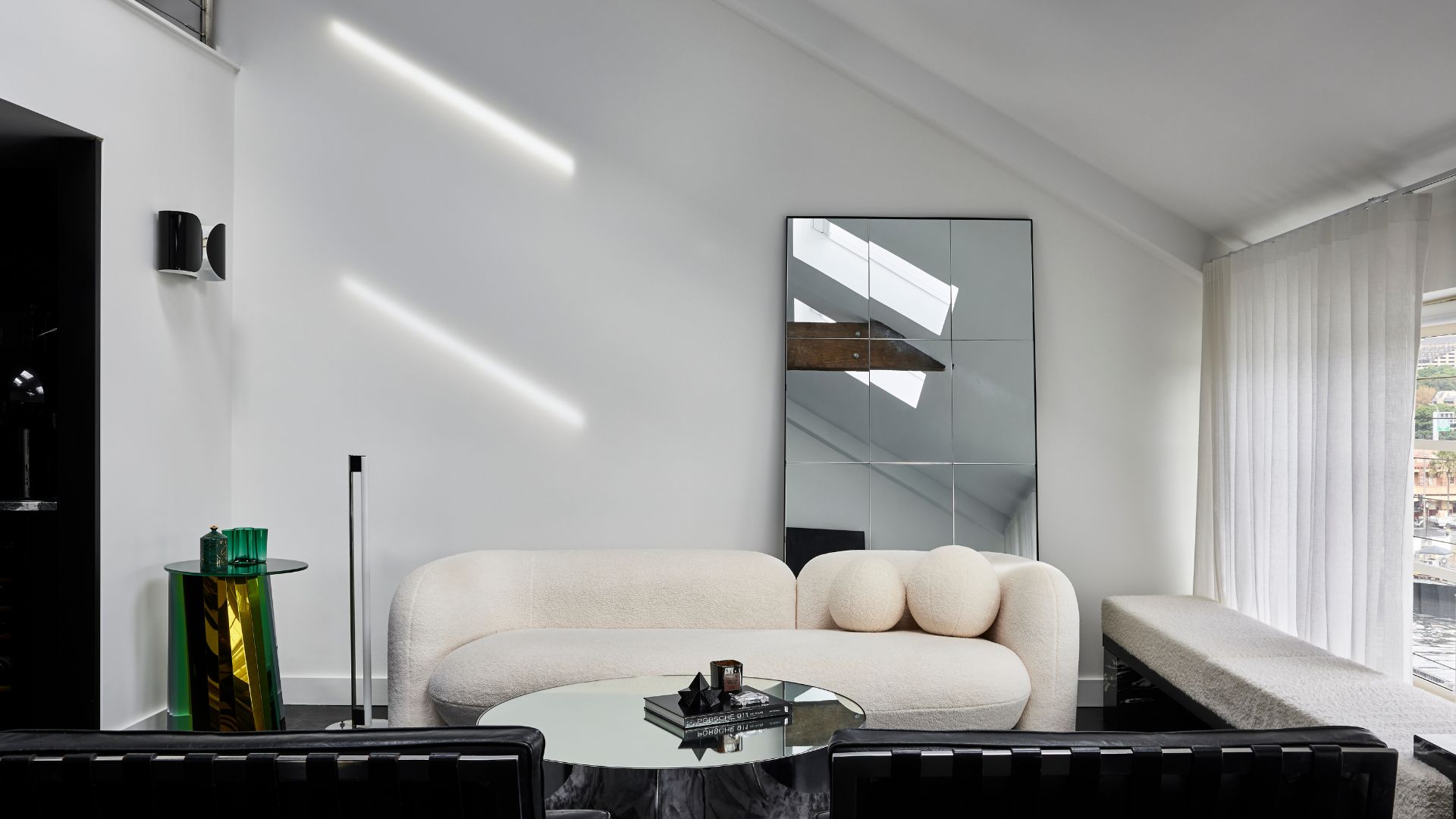 Is It Okay to Have a Mirror Facing a Door in Feng Shui? The Verdict Is In and It Just Might Surprise You
Is It Okay to Have a Mirror Facing a Door in Feng Shui? The Verdict Is In and It Just Might Surprise YouDecorating your home with mirrors calls for intention if you're dressing your space in accordance with Feng Shui. Here's what you should know.
By Amiya Baratan
-
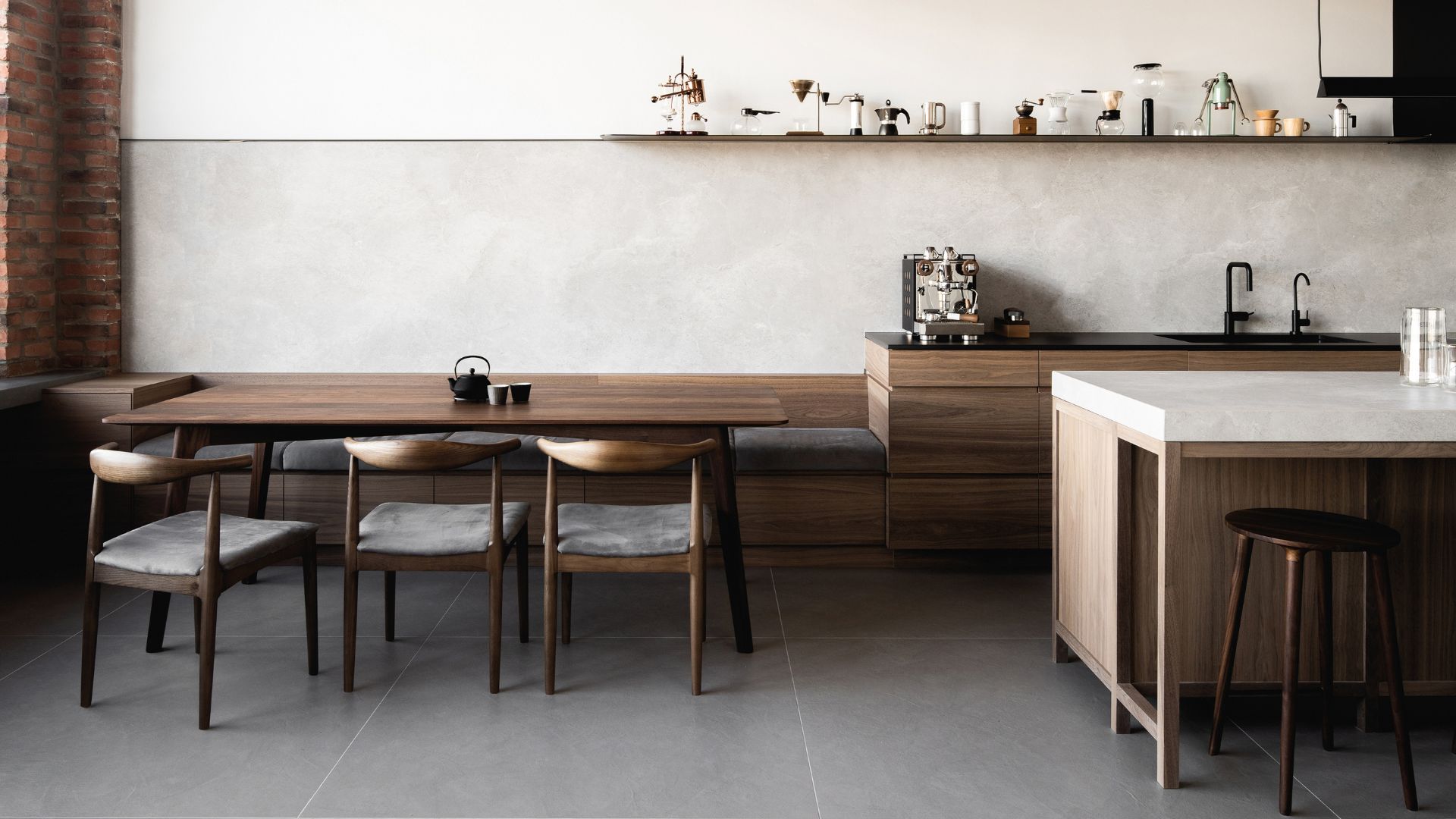 4 Things to Unpack as Soon as You Move House — For a Comfortable and Organized Fresh Start
4 Things to Unpack as Soon as You Move House — For a Comfortable and Organized Fresh StartIf you have a major move in the works and you're looking to prepare in advance, this is the starter kit you need to properly set up your new home.
By Amiya Baratan
-
 10 Decluttering Challenges to Have on Your Radar This Year — For a Tidier, More Mindful Home
10 Decluttering Challenges to Have on Your Radar This Year — For a Tidier, More Mindful HomeIf you're interested in transforming your home for the better, here are 10 decluttering challenges I recommend for a professionally tidy space.
By Amiya Baratan
-
 Biophilic Decluttering — What to Take Out of Your Home (and What to Put in) for a More Natural Home
Biophilic Decluttering — What to Take Out of Your Home (and What to Put in) for a More Natural HomeTry your hand at biophilic decluttering to ground your interiors, connect to the environment, and cure chronic clutter in one go. Here's how.
By Amiya Baratan
-
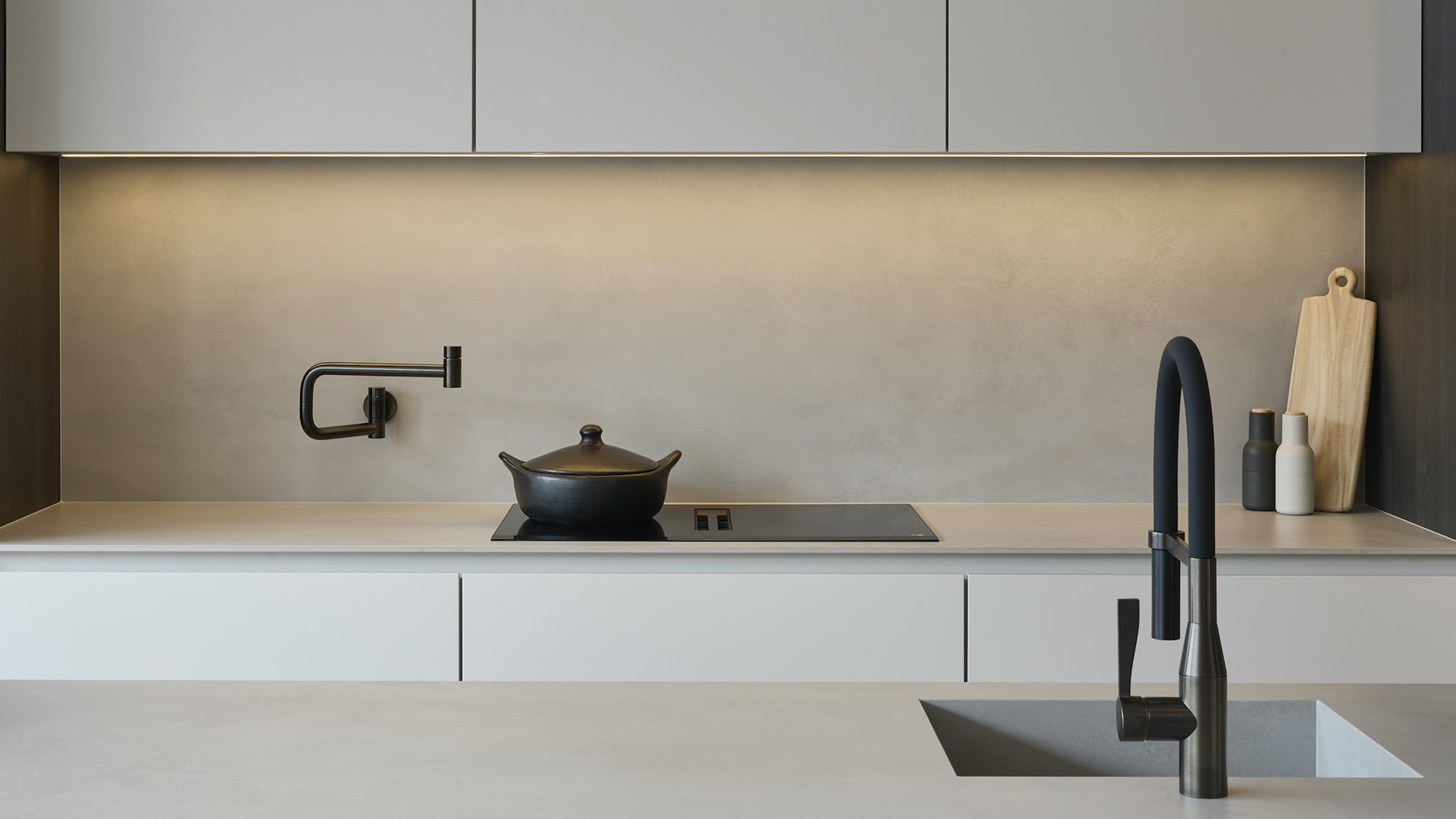 The 10 Different Types of Kitchen Taps — And the Pros and Cons of Each One to Know Before You Pick
The 10 Different Types of Kitchen Taps — And the Pros and Cons of Each One to Know Before You PickFrom sleek pull-outs to vintage bridge taps, explore 10 kitchen tap styles that mix function, flair, and a splash of cool
By Linda Clayton
-
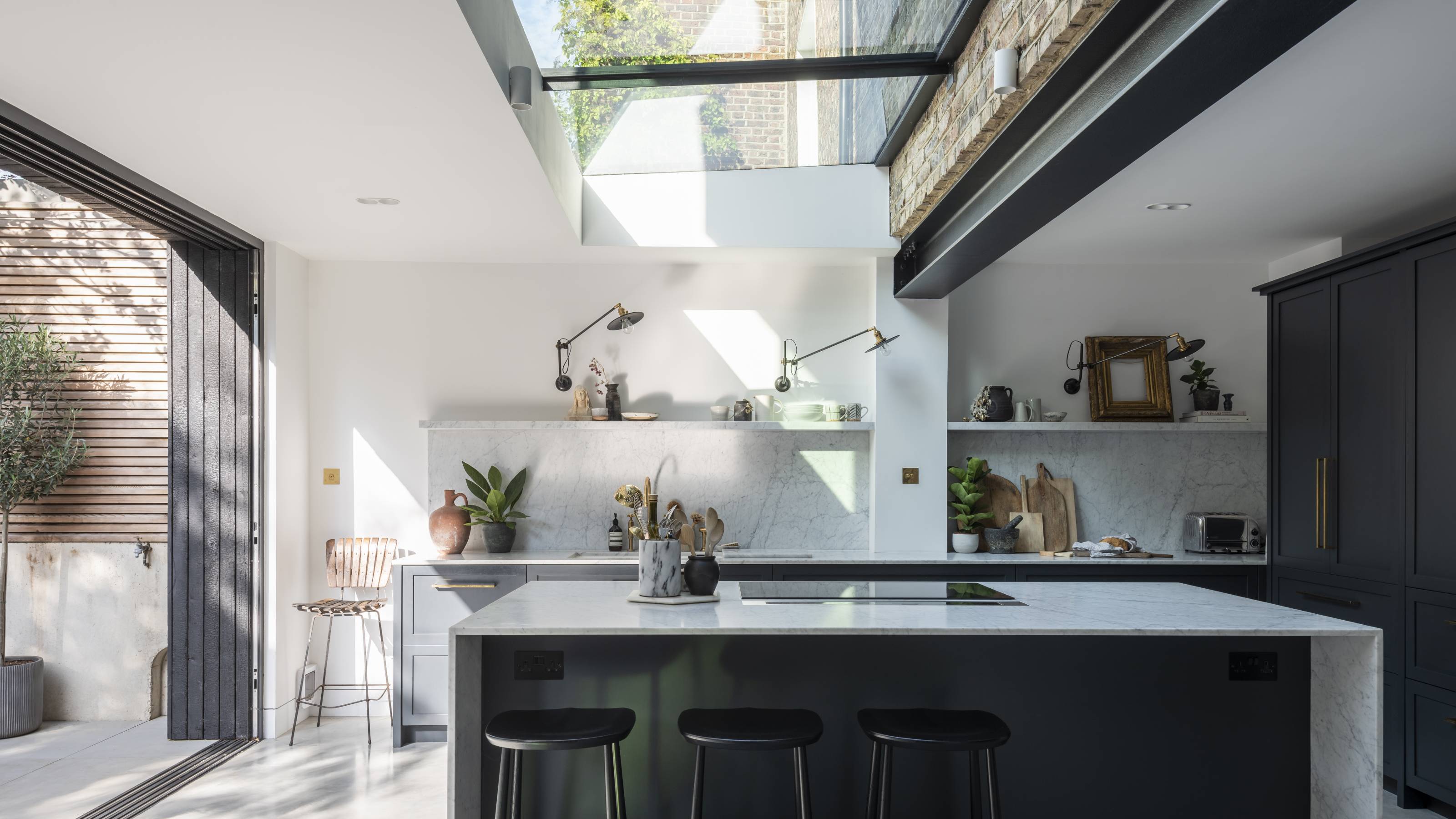 How Much Does an Extension Cost in 2025? Renovation and Design Experts Break Down Your Budget
How Much Does an Extension Cost in 2025? Renovation and Design Experts Break Down Your BudgetExplore how much different types of extensions cost in 2025 to budget for your project accurately
By Amy Reeves
-
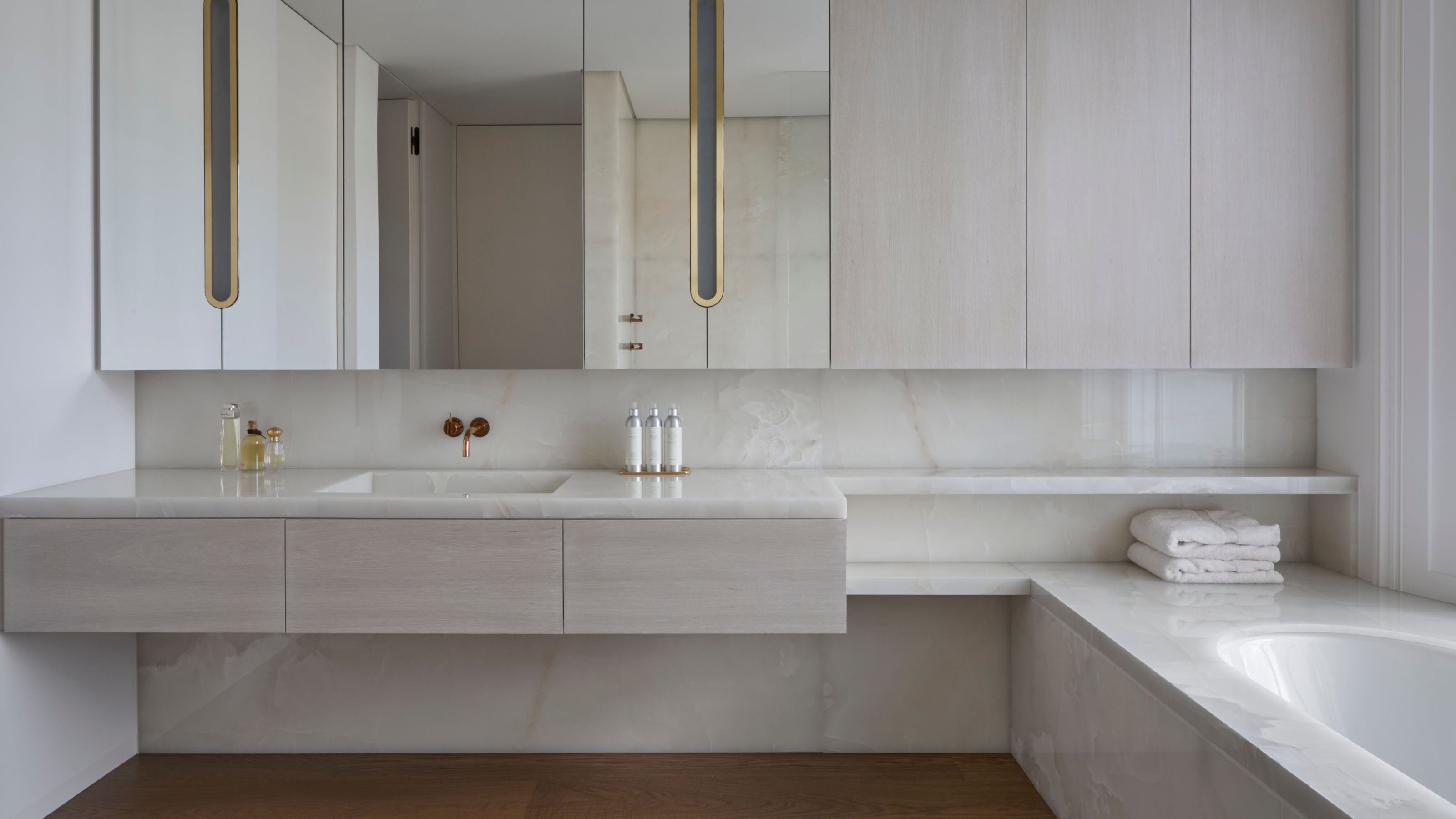 9 Bathroom Storage Mistakes You're Probably Making That Make Using This Space Much Harder — And What to Do Instead
9 Bathroom Storage Mistakes You're Probably Making That Make Using This Space Much Harder — And What to Do InsteadDiscover which mistakes are to blame for your overcrowded and cluttered bathroom
By Seraphina Kyprios